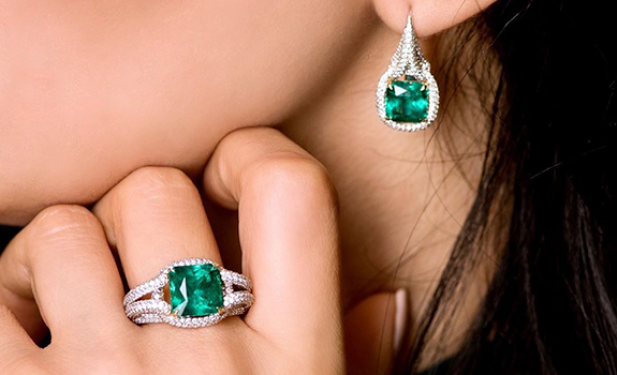


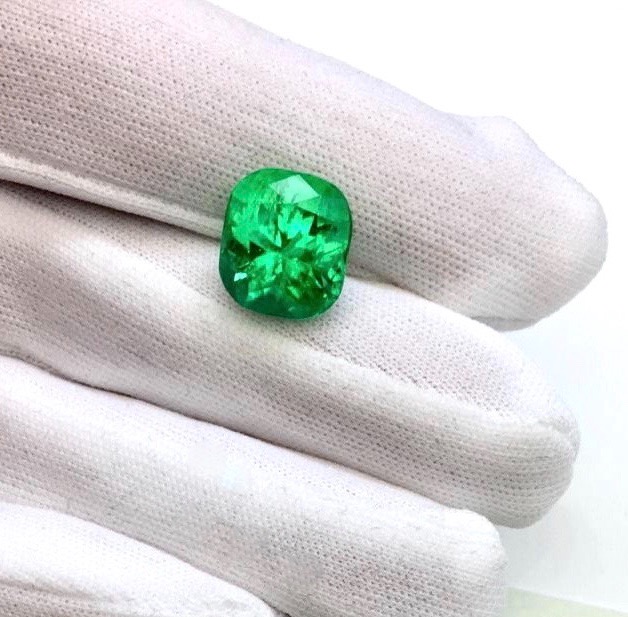
Some stones have been among the rest revered items since ancient times, and have always been associated with luxury, wealth, prestige, certain special position and power. They were valued on a par with gold and silver.
They were used as currency - they were used to buy whole herds of horses and land.
They were a sign of a sophisticated taste and a privileged position in the society.
And, first of all, it was emerald that was such a stone, appreciated in all countries of the world.
Emerald is the noblest variety of beryl, the brother of aquamarine, morganite and heliodor.
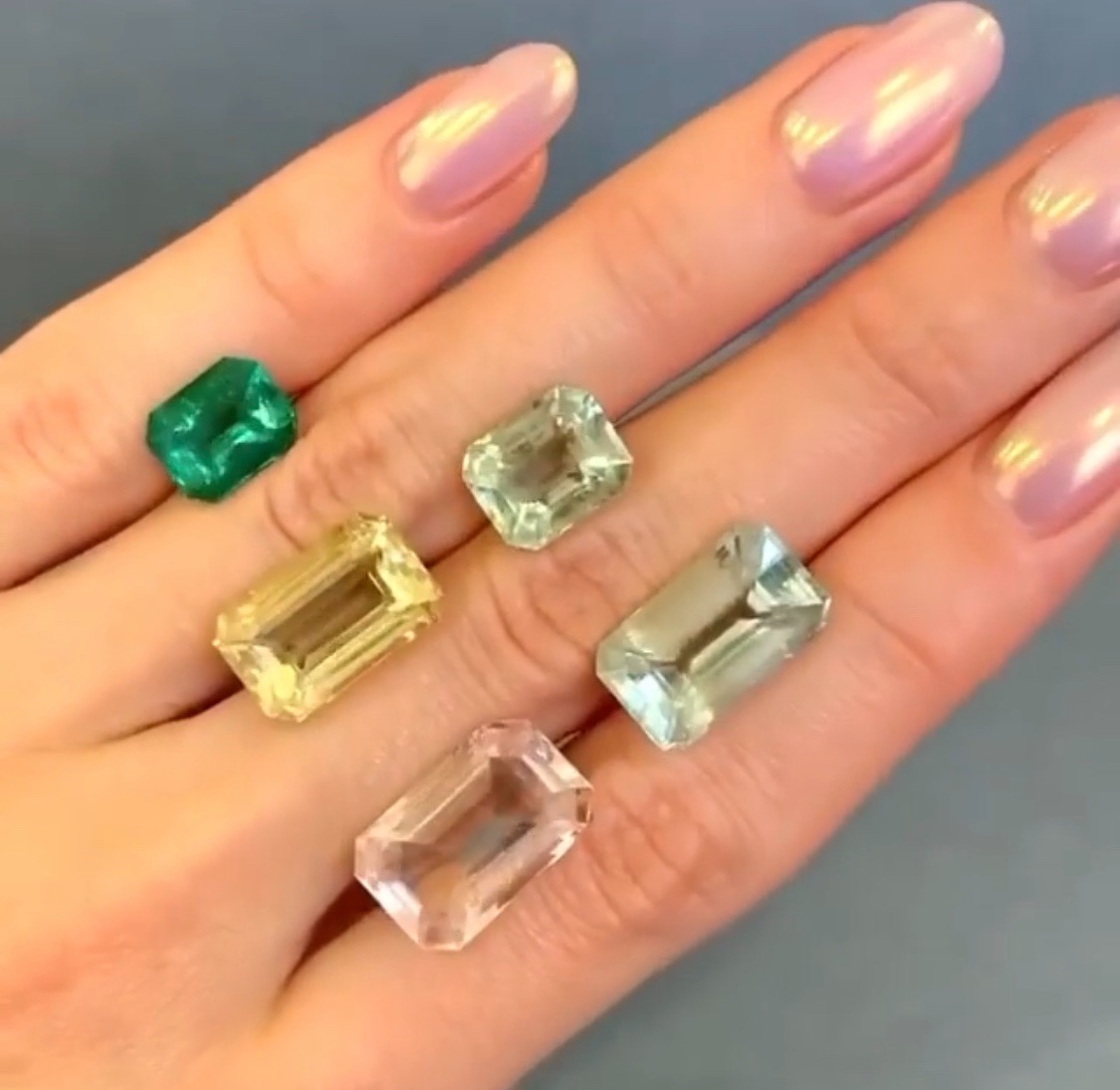
It has a deep, instantly recognizable green color, which is obtained due to the admixtures of chromium and vanadium.
Emerald is a quite hard mineral (approximately 7.5-8 on the Mohs scale), but also very fragile, especially if there is internal tension and inclusions inside the stone.
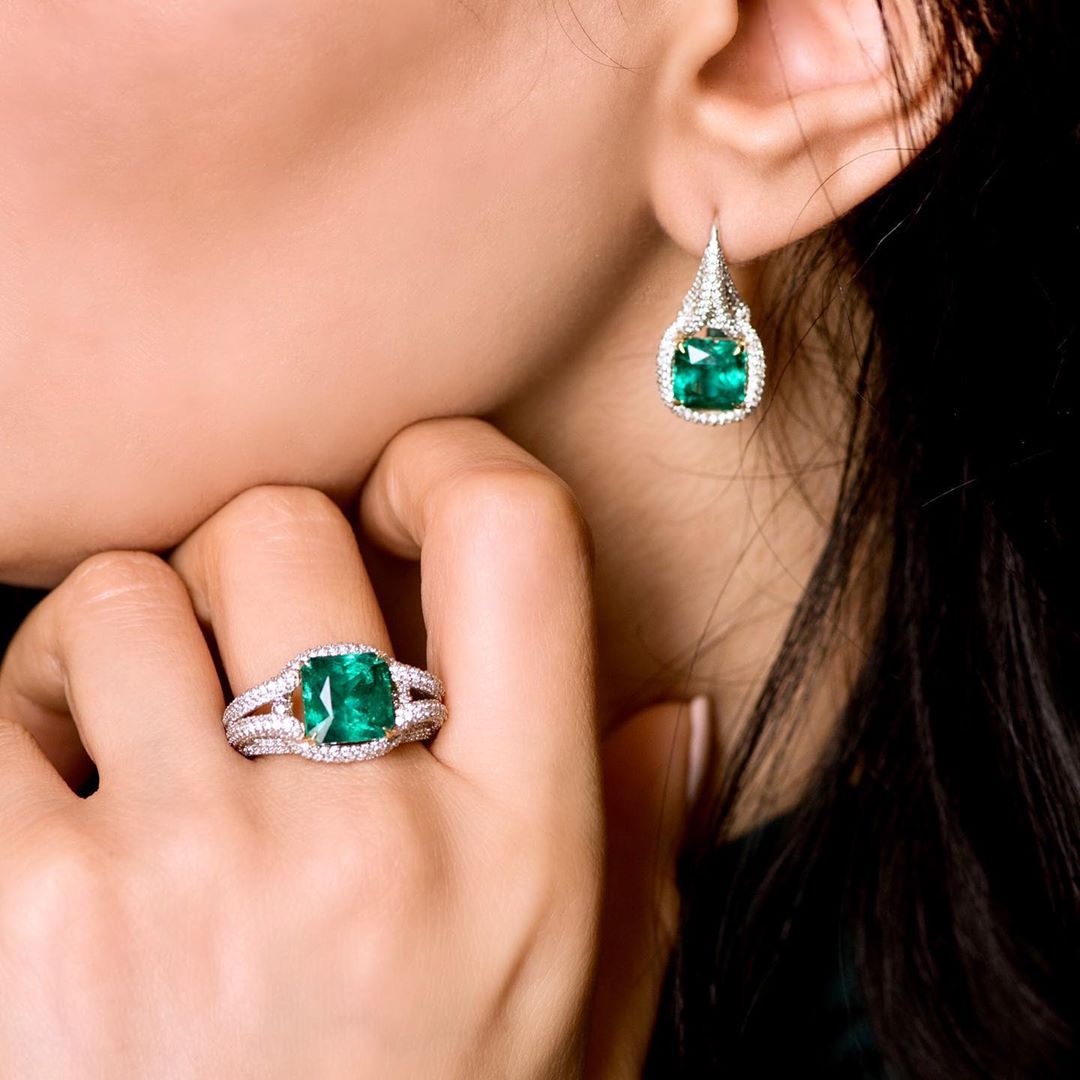
One of the most important parameters that affect the price of an emerald, is its color - its hue, saturation and brightness.
The colors of emeralds vary from light green to dark blue-green, there are gray-green and dull green emeralds, but the most valuable ones are saturated bright crystals with an open color (that very "open color" when the color comes directly from the "heart" of the stone).
There are some very famous emerald deposits: these are Colombia, Brazil, Zambia, Ethiopia, Afghanistan and the Urals in Russia.
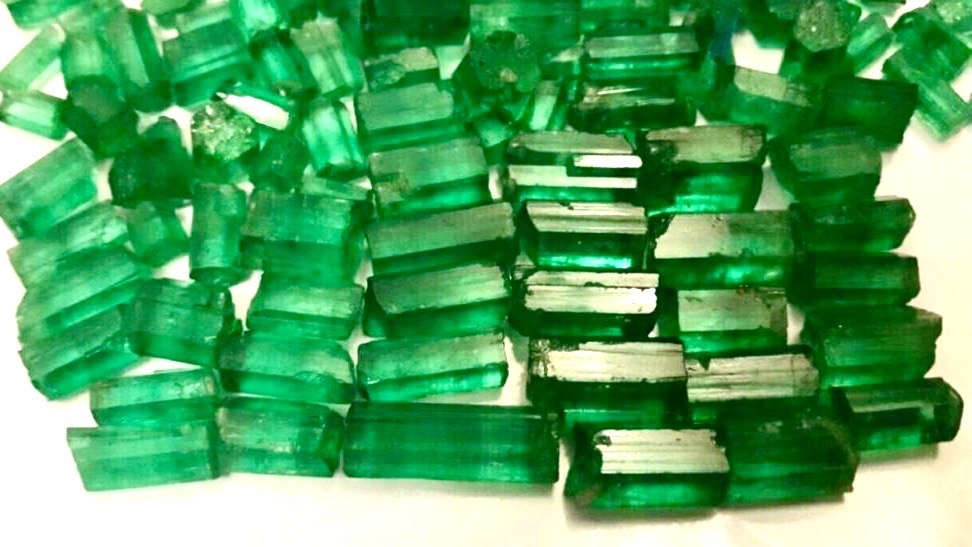
Emeralds from different deposits vary considerably in shades.
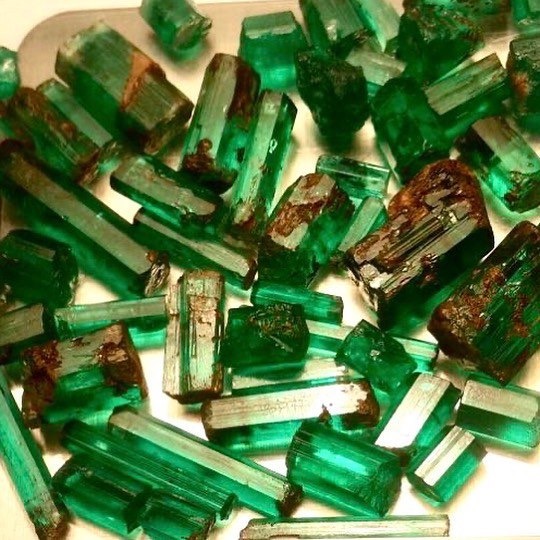
When buying an emerald one should pay attention to the following:
💚 Color - namely, color saturation, hue and lightness
💚 Purity and transparency - natural emeralds that are perfectly transparent are very rare, they always have a certain "inner life", and the price is affected by the intensity and beauty of this life
💚 Weight of stones
💚 Cutting of stones
💚 Presence / absence of treatment
💚 Deposit